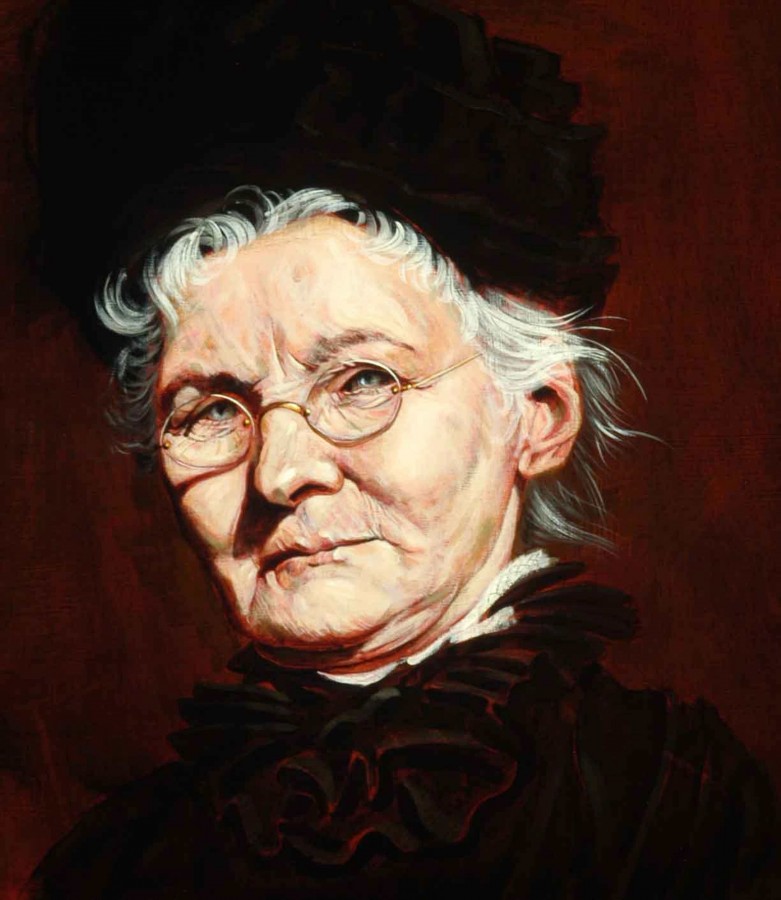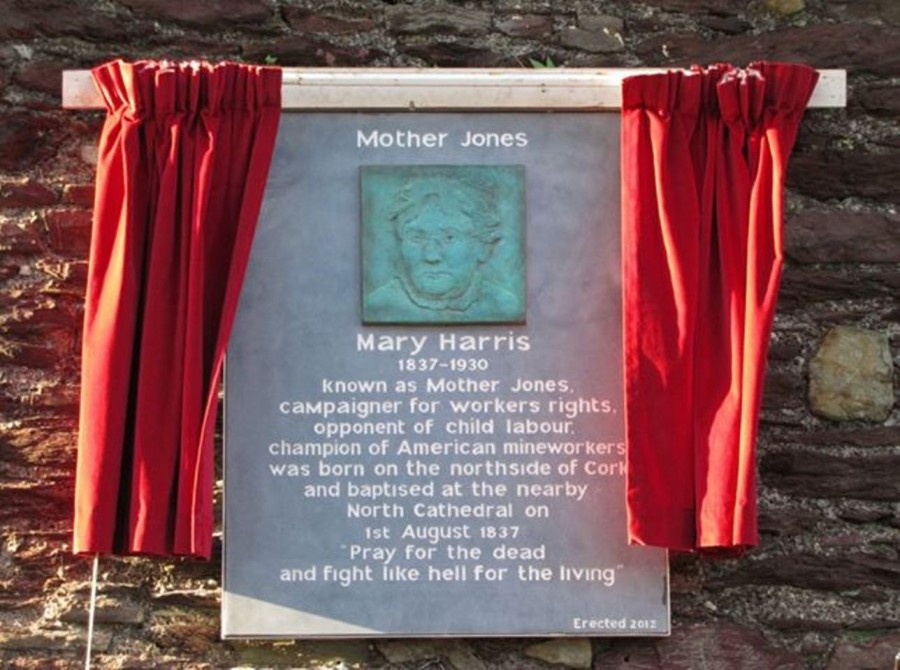Kieran’s Our City, Our Town Article,
Cork Independent, 25 July 2019
Mother Jones Festival and Summer School 2019
The eighth Spirit of Mother Jones festival and Summer School will take place in and around the Shandon Historic Quarter from Wednesday 31 July until Saturday 3 August 2019. The festival celebrates the life and achievements of Cork woman, Mary Harris. She was born in the Shandon area in 1837 and went on to become Mother Jones, known as the “most dangerous woman in America” due to her activism on behalf of the miners, and exploited workers.
Over 30 events will be held, and will include dozens of participants from the US, UK and from all over Ireland. Events include the summer school itself as well as a host of singers, poets, films, book launches, music and the traditional toast at the Mother Jones plaque to conclude the festival. One of the principal highlights will be the very first performance and recreation on the streets of Shandon of the historic March of the Mill Children led by Mother Jones in July 1903. In cooperation with Cork Community Art Link and the Blarney Street Foróige group, the Festival committee have organised a pageant to celebrate this huge event in US history, which highlighted the exploitation of young children who were forced to work in the mines, mills and factories of America at the beginning of the twentieth century.
Of local Cork interest is the talk on John Swiney, the United Irishman whose woollen shop on Shandon Street was the headquarters of the United Irishmen in Cork in the 1790s. This year coincides with the 175th anniversary of the year of his death. Historian Dr Kieran Groeger will provide an account of this amazing character, lost in Irish history.
John Swiney was born in Cork on 7 August 1773 and as a young man along with the Sheares Brothers and many others he became interested in the radical ideas and writings such as The Declaration of the Rights of Man emanating from the French Revolution. He joined the increasingly active United Irishmen in Cork. A woollen draper by trade, his shop was located near the junction of Shandon Street and Blarney Street. This shop became a centre of operations, an unofficial headquarters for the United Irishmen in Cork City and witnessed many coming and goings of activists in the mid-1790s. Citizens of Cork witnessed much civil unrest in this period with transportation for life being the regular punishment for persons administering the oath of the United Irishmen.
Some 4000 men in Cork city had joined the United Irishmen at that time and John Swiney was one of the main leaders. Indeed, John Swiney had earlier joined Lord Donoughmore’s Loyal Cork Legion and militia to learn about military tactics. He effectively operated as an intelligence officer for the United Irishmen, which was then seeking assistance from the French government for an invasion. On the ground he campaigned against tithes and linked up to the agrarian land disturbances especially in East Cork at this time. However, the Cork United Irishmen was riven with spies, his activities and his shop were watched by the authorities. He was arrested on 28 March 1798 while visiting Roger O’Connor in Cork Jail. On the same day, two soldiers from the Dublin County Militia were executed in the City. James Murphy and Patrick Halvey were charged with sedition, found guilty and shot at the camp field on the present day Mardyke. John Swiney had earlier distributed handbills among the militia asking them to refuse to execute their colleagues. John’s importance was such that he was immediately transported to Dublin on 29 March.
John Swiney was eventually sent to the bleak Fort George outside Inverness in Scotland as well as twenty other leaders of the United Irishmen including Roger O’Connor (the father of Chartist leader, Feargus O’Connor) and Arthur O’Connor of West Cork, Thomas Russell (born in Dromahane, Co Cork) and Thomas Addis Emmet, whose father Dr Robert Emmet worked among the poor of Cork for many years.
John Swiney’s shop on Shandon Street was purchased by Cornelius Swiney of Coolroe who continued to trade in woollen goods from the premises. After more than three years in prison John was released and banished from Ireland and sent to Hamburg in Germany. However, he had not given up on his dreams of a rebellion. A year later, John Swiney slipped quietly back to Cork following an invitation from Robert Emmet to lead Cork in the 1803 uprising. Amidst the disaster and retribution which followed the brief uprising in Dublin, the authorities arrested over 40 people in and around County Cork. John Swiney found refuge in Cork City, probably with the help of Cooper Penrose at Woodhill (Sarah Curran and Lord Edward Fitzgerald both found refuge there) and fled again from Crosshaven in Cork Harbour to France where he delivered the news to Thomas Addis Emmet in Paris of his brother’s recent execution in Dublin. Along with many other Irish refugees after the failed rebellions, John joined the Irish Legion established by Napoleon in 1803 and was given the rank of captain.
John Swiney died in October 1844 and is buried in the cemetery of St Martin-Des-Champs in Morlaix.
The talk entitled “The Extraordinary Life of John Swiney, the United Irishman from Shandon” by Dr Kieran Groeger will take place at 2.30pm Thursday 2 August 2019 at the Cathedral Visitors Centre. See www.motherjonescork.com for more information on other events.
Captions:
1007a. Portrait of Mary Harris/ Mother Jones (source: Robert Shetterly)
1007b. Mother Jones plaque at Shandon, unveiled in 2012 (source: www.motherjonescork.com)

